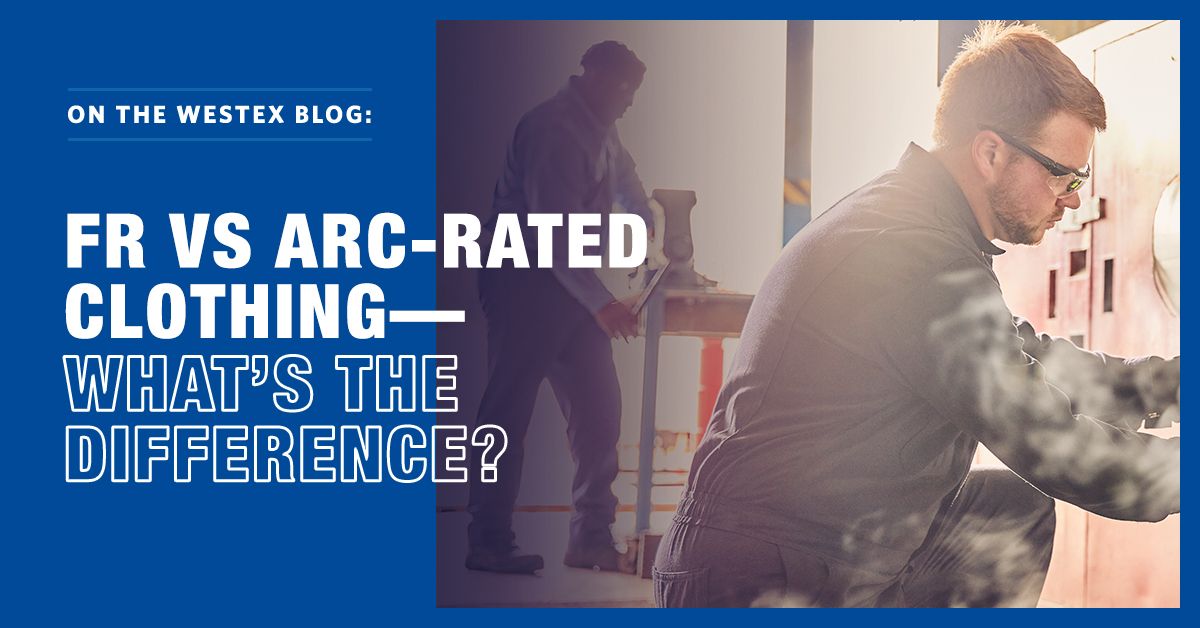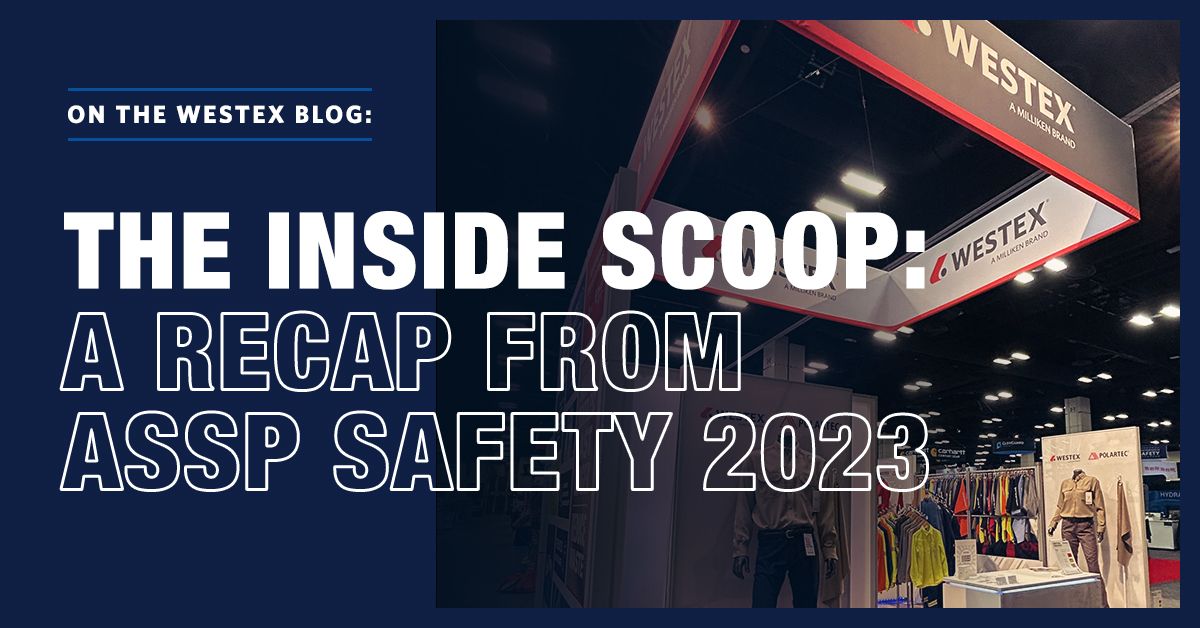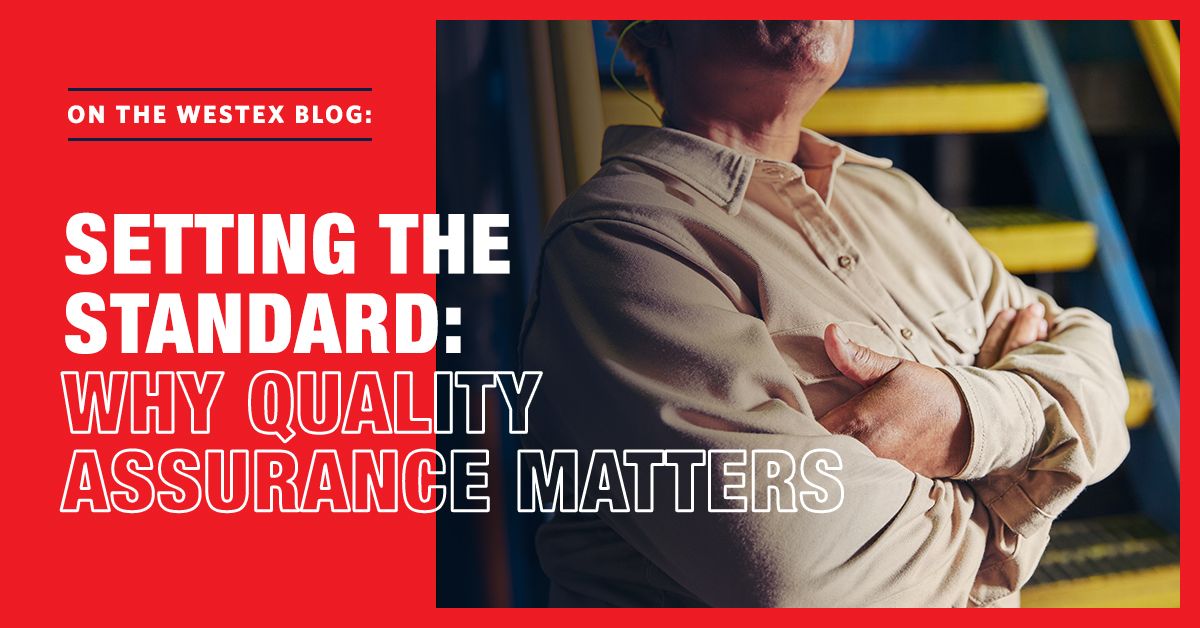
FR vs Arc-Rated Clothing—What's the Difference?
FR Technical 22 May 2023
FR vs. AR—two incredibly important terms with distinct roles that sound far too similar to leave unexplained. Let’s talk about how they’re different and why that impacts the decisions you make in protecting your team.
Do FR and AR fabrics protect against different threats?
The short answer is yes, and it is important to understand the differences.
Let’s start with FR.
The letters FR refer to “flame-resistant” fabrics, which are tested via ASTM D6413 (a vertical flame test) with flame resistance performance requirements set forth in ASTM F1506 for arc flash and NFPA 2112 for flash fire. FR fabrics are tested to resist ignition and self-extinguish to limit body burn injury when employed as FR clothing. Meeting the performance requirements of the above standards deem the fabric or clothing/PPE ensemble flame-resistant. By self-extinguishing, these fabrics limit the thermal exposure time and mitigate second or third-degree burns to the wearer.
So, what’s AR?
The letters AR refer to “arc-rated” clothing, so they’re tested for performance against arc flash hazards. All AR fabrics must be tested and qualify as FR fabrics to be eligible for arc flash testing. Essentially, arc-rated fabrics function with a more effective rate of insulation than strictly FR, non-arc rated fabrics. They’re required to act as a barrier and insulate the wearer from the arc flash incident energy to prevent second degree burns.
Even though all arc-rated clothing is flame resistant (FR), not all FR fabrics are arc-rated.
Keep in mind that arc flashes create more intense temperatures than a flash fire, and AR fabrics are tested to effectively protect against these temperatures and insulate at various arc flash incident energies, measured in cal/cm2.
The NFPA 70E committee created the term “arc-rated” to foster a more precise selection process for AR PPE—helping wearers choose an option they feel confident wearing when facing arc flash thermal hazards at work. The fact that arc rated clothing is—of course—flame-resistant, numerous safety and industry personnel are referring to AR clothing as FR/AR clothing for clarifying purposes.
When is a fabric considered “arc-rated”?
To determine the arc rating of an FR fabric, 21 fabric samples are exposed to an intense arc flash at a range of incident energies and the transfer of heat through the fabric is measured by thermal sensors—a testing process referred to as the ASTM F1959 method. Next, stoll curve modeling predicts the likelihood of heat transfer through the fabric to cause the onset of a second-degree burn and the resulting energy value becomes the arc rating of the fabric— expressed as a single number in cal/cm2 units as either an Arc Thermal Performance Value (ATPV) or Energy Breakopen Threshold (Ebt).
The ATPV or Ebt value of a fabric provides FR clothing/PPE manufacturer with the information they need to effectively report an arc rating number for the FR, arc rated material or layered fabric system, and that numerical value is visible on the internal label of almost every article of PPE.
Organization + Education = Protection
It’s crucial for workplace safety professionals to understand the difference between FR and AR. While these terms protect against thermal hazards, they play distinct roles. Ultimately, by understanding the differences between FR and AR terms, you can make informed decisions to better protect your team from the hazards they face daily. If you still have questions about the differences, or if we can assist in any way as you’re evaluating your team’s protection, we’re here to help.


